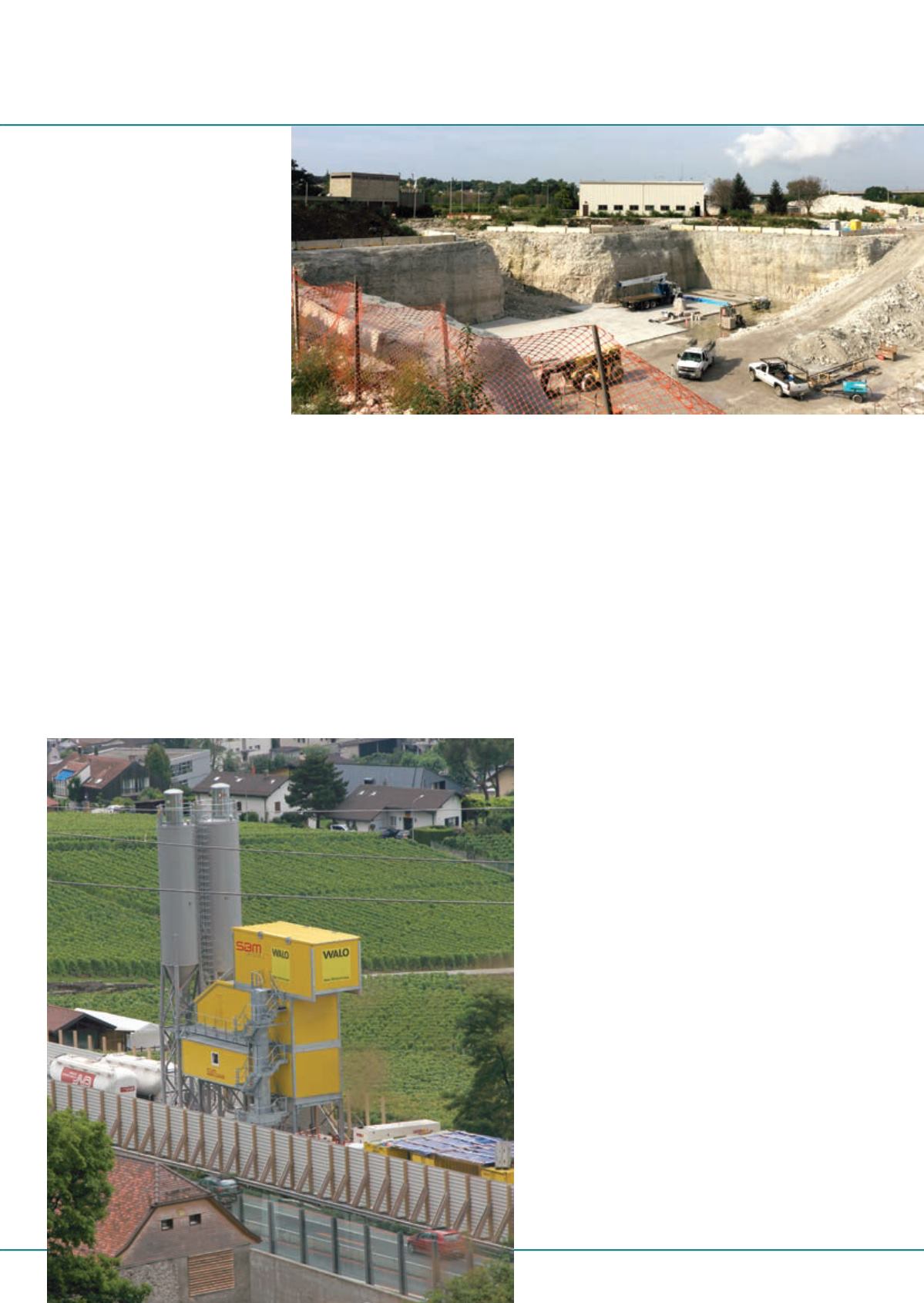
27
december 2014
international
construction
CONCRETE
Latest technology
construction crew on-site and explained
safe handling of the formwork systems.
During the initial pours, the instructor
took on the role of supervisor and was
available for questions at all times.
The project started inMarch2013, and
the forming part of the scheme is due for
completion inMay.
Meanwhile, some 30,000 m
3
of
concrete is being placed to construct the Amager Bakke waste
incinerator project near Copenhagen, Denmark. Paschal has
supplied some 4,500 m
2
of its Log formwork to the project,
rented throughPaschal Denmark.
Thewaste incinerationplant is todesignedhandle all thewaste
from the city’s entire urban population by 2017. The energy
released will be used to heat homes through a district heating
scheme and supply electricity to 150,000 households.
In addition, the roof of Amager Bakke has been designed so it
canbe used all year round as an artificial ski slope, and the 85m
high structurewill also be used as a climbingwall.
Building the structure has seen the installation of 2,400 bored
piles. Along with other foundation structures, some 35,000m
3
of concretewas used just to get the building to ground level.
Although theupperpart of thebuildingwill primarilybemade
of steel to give an effect of ‘lightness’ Paschal has beenworking
with contractor NCC on the concrete elements of the project,
whichwill see some 6,000 tonnes of reinforced concrete placed.
Meva says its MevaDec slab formwork allows for early
stripping and re-use of the panels, which in turn can reduce
inventory and formwork rental costs by as much as 40%. The
company recommends a ‘reshoring’ technique to achieve this,
whereby the formwork props are briefly removed by releasing
the dropheads, before being pushed back up. This allows the
slab to bend briefly, which the company says helps it develop
strength quicker.
This is of course a delicate job, which requires careful
calculation. To help contractors with this, the company has
launched a smart phone app, which calculates the number
of props required per m
2
, and also shows when props may be
overloaded. It is available in theApple andGoogle app stores, as
well asMeva’s website,
.
Excavationmonitoring
In Chicago, US the MetropolitanWater Reclamation District
(MWRD) is taking steps to reduce flood damage with the
construction of a newwaste water treatment plant in Lemont.
The project includes a new pump station, a diversion structure
for emergency high level overflow, separator and disinfection,
and yardpiping and tie-ins to an existing electrical and controls
distribution system.
A diversion structure for emergency high-level overflow is
also being built with a wet weather reservoir andwet well.This
concrete structuremeasures 215 x 165 x 30-ft deep (66 x 50 x 9
m), with 2½-3 ft (760-915mm) thick walls and a base that is
4 ft (1.22m) thick.
Before this could be built, some 55,000 yd
3
(42,050 m
3
)
of rock had to be excavated, and the contractor, Joseph J.
Henderson& Son, wanted a system tomonitor the excavation
for any movement in the walls during construction of the
concrete structure.
It used a Topcon GLS-1500 laser scanner to collect the data
for the monitoring operations, which uses a Class 1 invisible
laser, which is safe to eyes and is designed to offer the benefit of
lowpower consumption.The laser beam captures data at 30,000
points per second at a range of 500 ft. (150m).
J.J. Henderson used the GLS-1500 to create point clouds
of the excavated sheer walls to monitor any movement. Scan
data recorded from different control points was registered using
As part of a project to build a 29,700m
3
capacity concrete stormwater facility
near Chicago, contractor JJ Henderson
used a Topcon GLS-1500 to scan the
excavation andmonitor thewalls for
any signs of movement.
SBMMineral Processing supplied a Specmix plant to
produce 1,500m
3
of Ultra High Performance Concrete
for the rehabilitation of Viaduct de Chillon near
Villeneuve, Switzerland.
>


